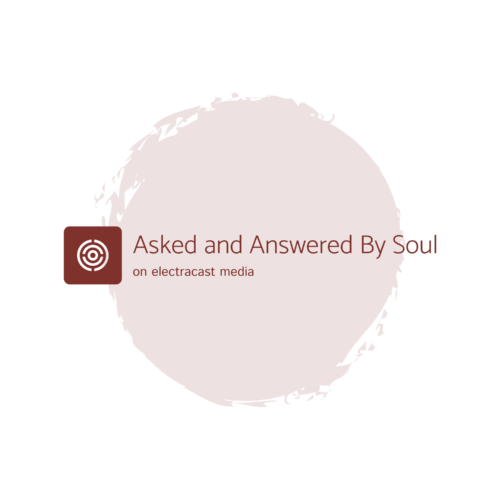Soy Allergy: Symptoms, Treatments and Foods to Avoid
Everyone’s body is different, and the same foods that are healthy for some can cause unwantedsymptoms in others. Understanding what soy allergies are and how to follow a soy allergy dietprevents unnecessary suffering if you are sensitive to this legume. Here’s what you shouldknow. What Are Soy Allergies? You may know about the devastating impact peanut allergies can have. Soybeans, like peanuts,are legumes that cause an allergic reaction in some people and also make the list of the topeight most common food allergens. You might also be sensitive to soy even if you don’t have a specific allergy. Soy has naturalplant phytoestrogens, which may adversely affect you if you have an existing hormonalimbalance. If you have PCOS, endometriosis or uterine fibroids, try removing soy from your dietand track your symptoms in a journal to see if they improve. What Are the Symptoms of a Soy Allergy? The symptoms of a soy allergy may be mild or severe. They can show up in various parts ofyour body, not just in your belly. They can also impact your heart and respiration. Signs mayinclude: Hives Itching, especially in the mouth or throat Eczema Swollen tongue or lips Runny or stuffy nose Red and watery eyes Abdominal pain Nausea and vomiting Constipation or diarrhea Wheezing, coughing, or shortness of breath Although soy allergies are rarely fatal, they can be. Those with severe allergies should carry anEpi-pen in case of accidental exposure. The Soy Allergy Diet: Foods to Avoid and Alternative Recipes If you suspect…
The post Soy Allergy: Symptoms, Treatments and Foods to Avoid appeared first on Health and Natural Healing Tips.























